Chief Officer’s Log Book
Цвет обложки: белая
General
1.1 The front pages relating to ports and crew are to be fully completed as these remain as the only official record of this information.
1.2 The daily pages are to be completed by the Officer of the Watch or Duty Officer at the end of each watch at sea or in port and initialed by the O.O.W. or D.O.
1.3 Care must be taken to ensure the carbon copies are clear and legible.
1.4 All entries should be made carefully and thoughtfully and with as great accuracy as possible, without exaggeration.
1.5 No obliteration should be made and any alterations should be made by deleting with a single line through and be initialed by 0.0.W.
1.6 The Chief Officer should sign the log book daily having checked the accuracy of the entries with all possible care and the Master should make at least a weekly examination of its content and countersign each days entries.
1.7 Bridge Movement Book and Chief Officers Sounding Book will provide more detailed information than the Log Book on the relevant parts and care should be taken to ensure they are correctly dated and accurately kept.
1.8 All entries should be made in biro and as the log book can have a great legal significance every effort must be made for it to be neat, concise and complete.
Content of entries
2.1 Routine particulars of the navigation and working of the vessel daily.
2.2 Damage of any kind happening to the vessel or anything connected therewith, whether occasioned by peril of the sea or any other cause.
2.3 Any stranding, collision or breakdown of machinery, of however slight a character, with full particulars of such damage as is apparent.
2.4 Of the time when the vessel is berthed and notice of readiness given; of any cause operating to hinder or prevent the continuous working of cargo; of the quantity of cargo dealt with on each day and an exact record of the time occupied daily over the loading and/or discharge and/or bunkering; also details of the commencement and completion of each hatch.
2.5 Weather conditions, care being taken to record accurately wind forces and direction and any unusual turbulence of the sea such as an excessive swell which is causing heavy rolling and straining of the vessel.
2.6 Any restriction of ventilation of the holds. Any interruption of ventilation through covering ventilators.
2.7 Position of berth and how ship is moored and lying. Names and times of pilots and tugs being employed. Times of S.B.E., F.W.E., and times and positions of F.A.O.P., E.O.P., anchorages etc.
2.8 Noon positions and daily and passage runs. Positions by star sights, for land falls, alterations of course and passing prominent navigational marks. Courses and compass errors.
2.9 Nature of and results of the testing of equipment, musters and drills.
2.10 Alterations in ships time. Times of exhibiting regulation lights and signals. Names of lookouts on duty.
2.11 Entries should be made with regard to compliance with rules and regulations, tending of moorings and access, making of rounds and their results, and should be statements of accuracy and fact and not simply routine entries.
Disposal of Log Books
3.1 The log book should be used continuously and not terminated at the end of a voyage.
3.2 The original log book should be retained on board, with relevant bridge movement books, Compass observation book etc.
3.3 The carbon copy pages should be torn out at the end of each voyage and sent to the office.
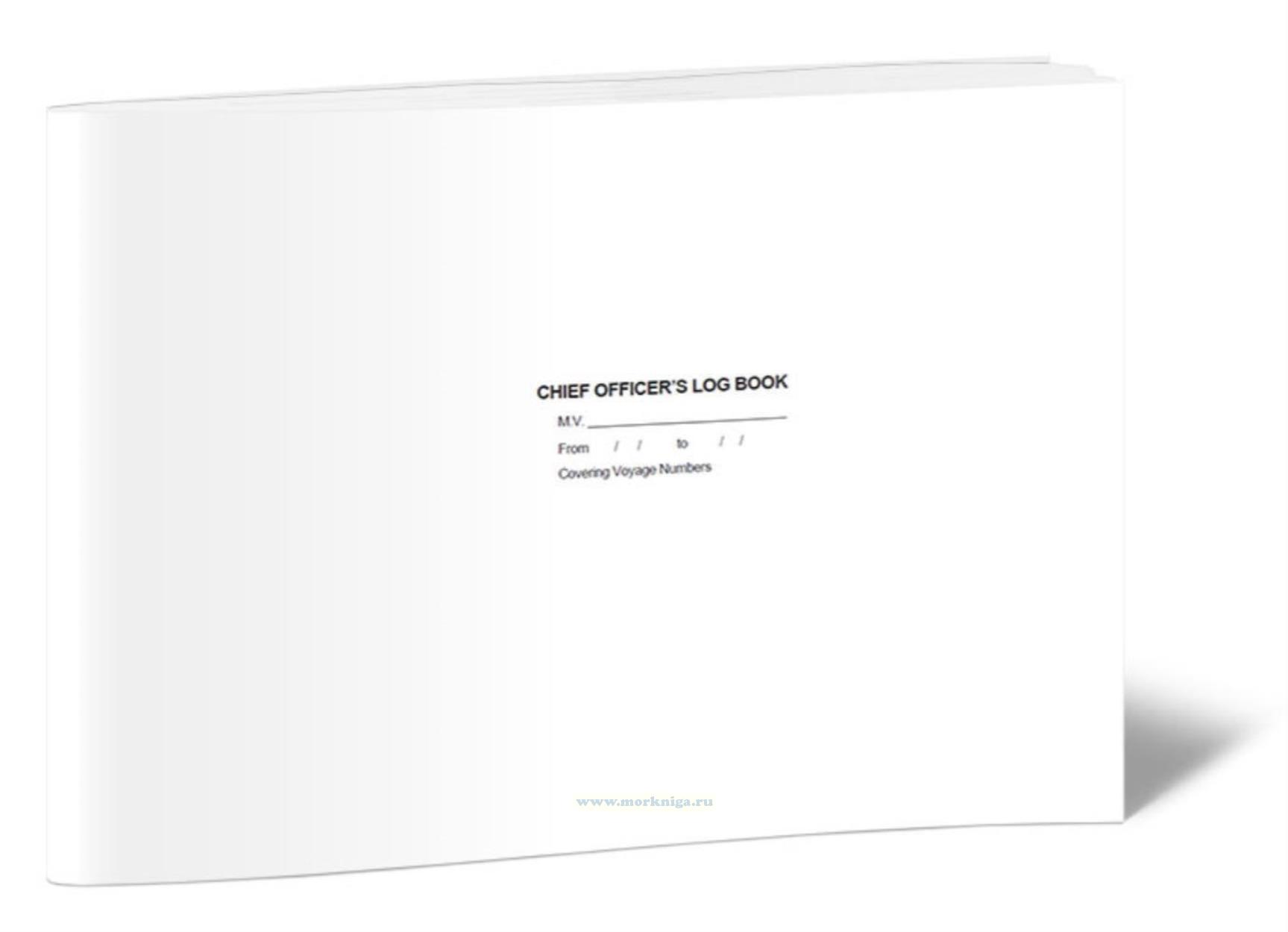
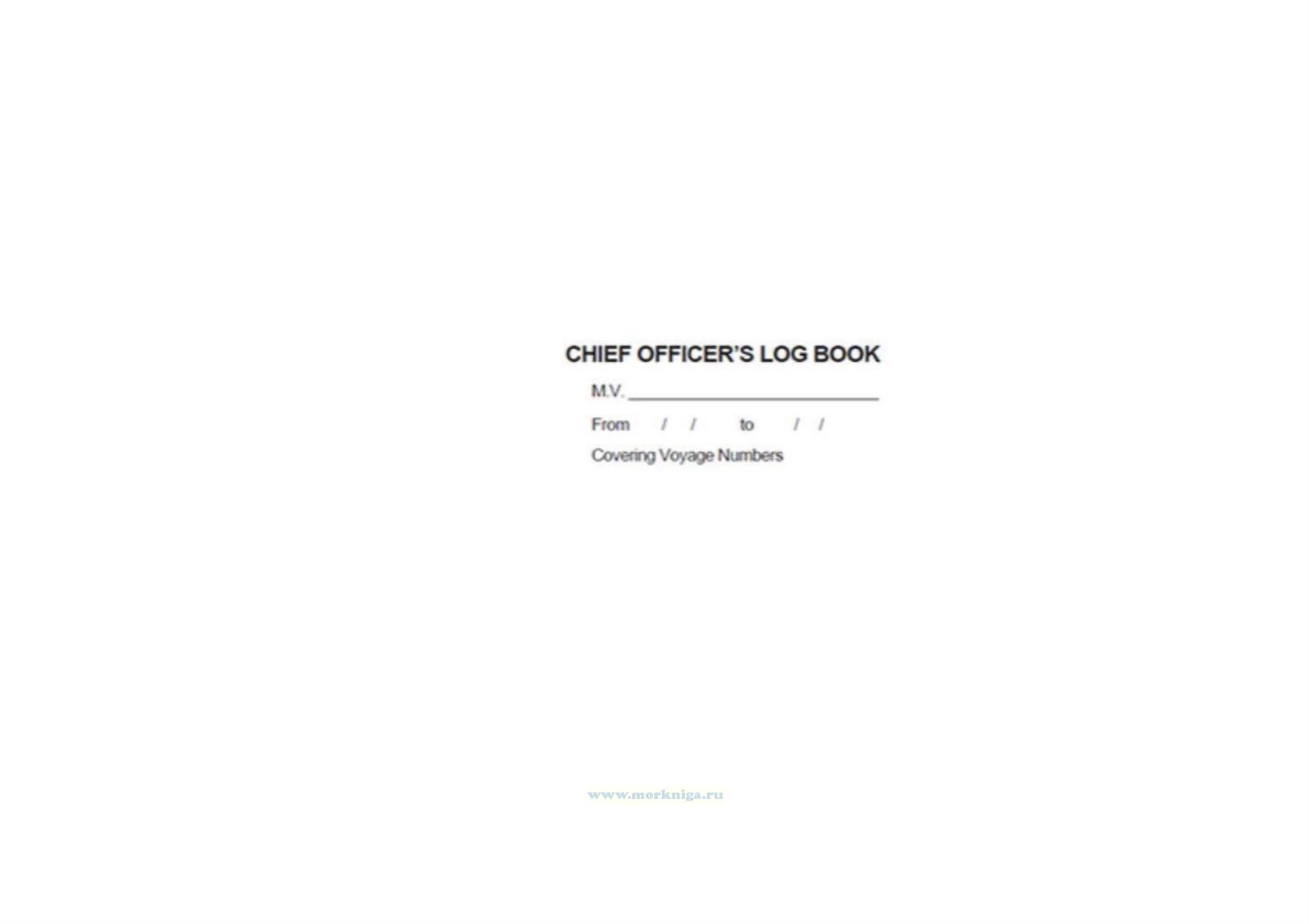
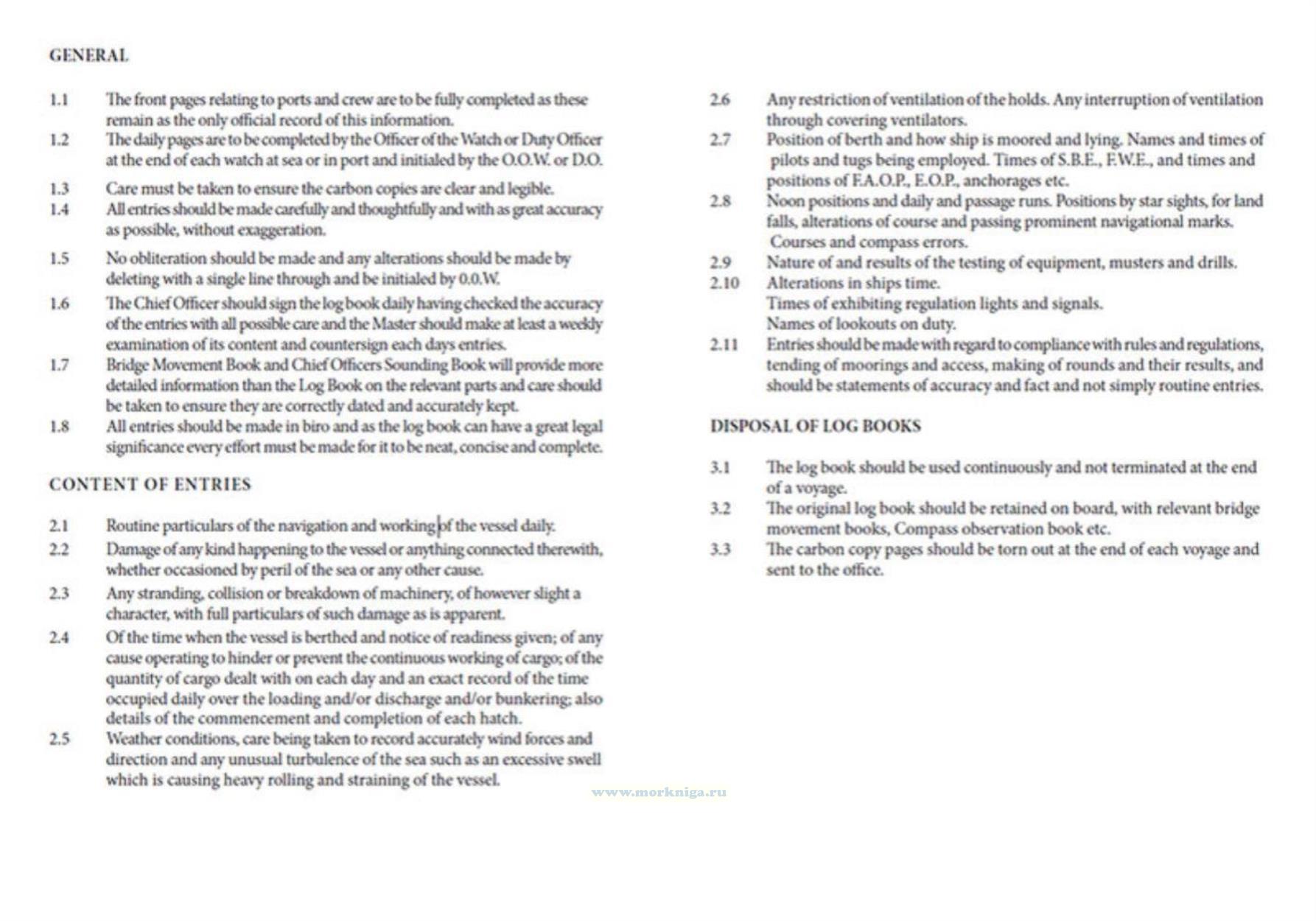
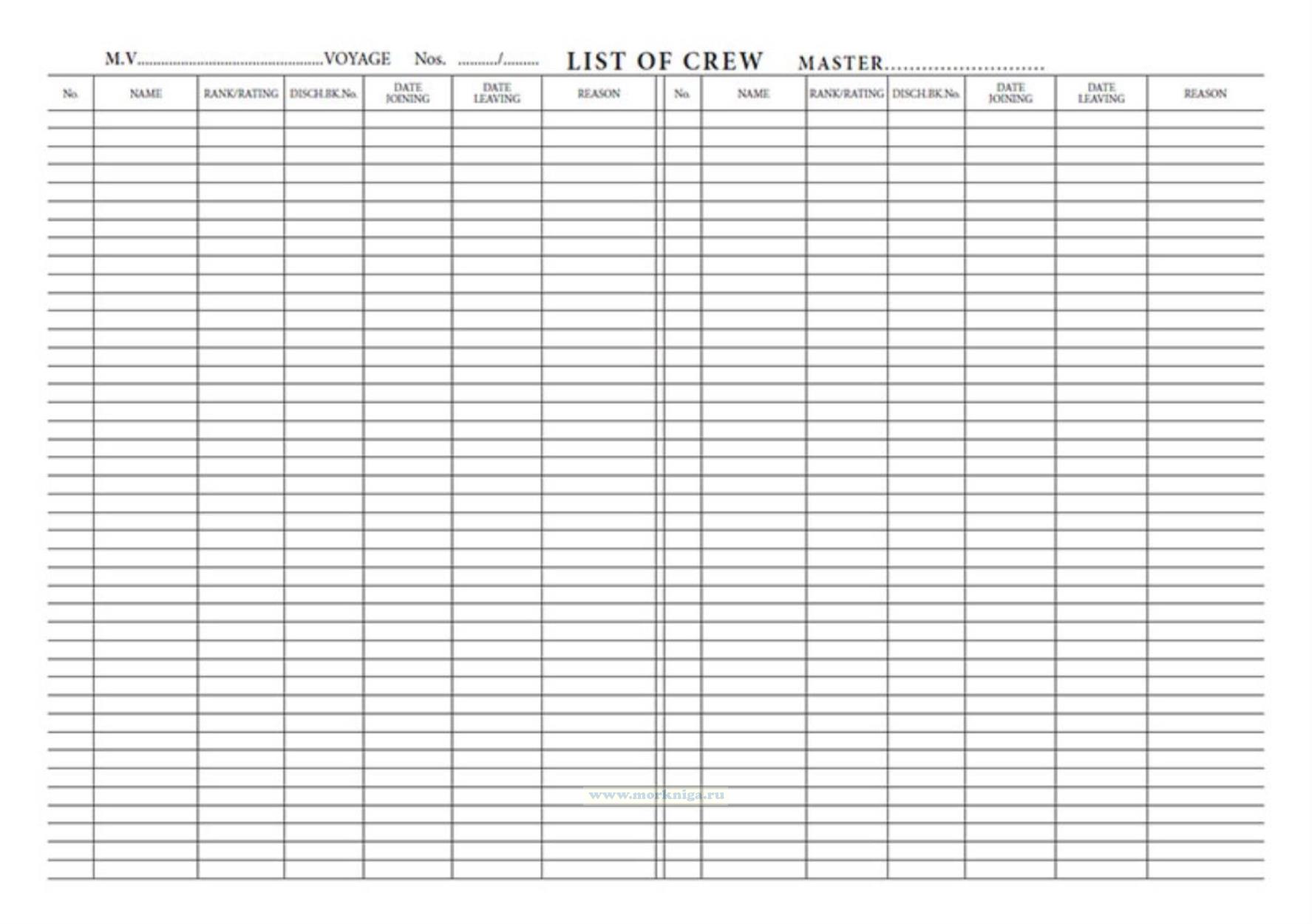
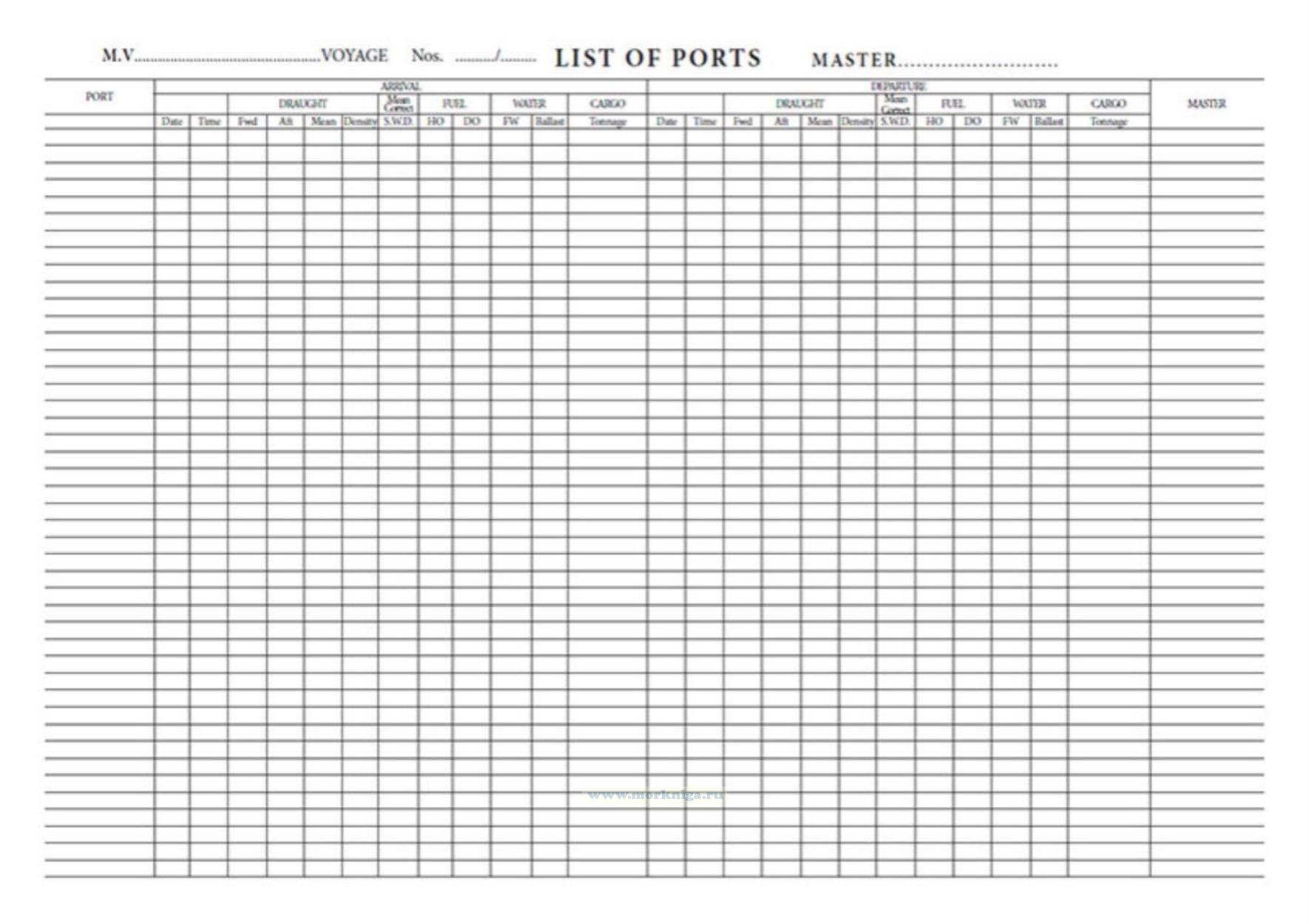
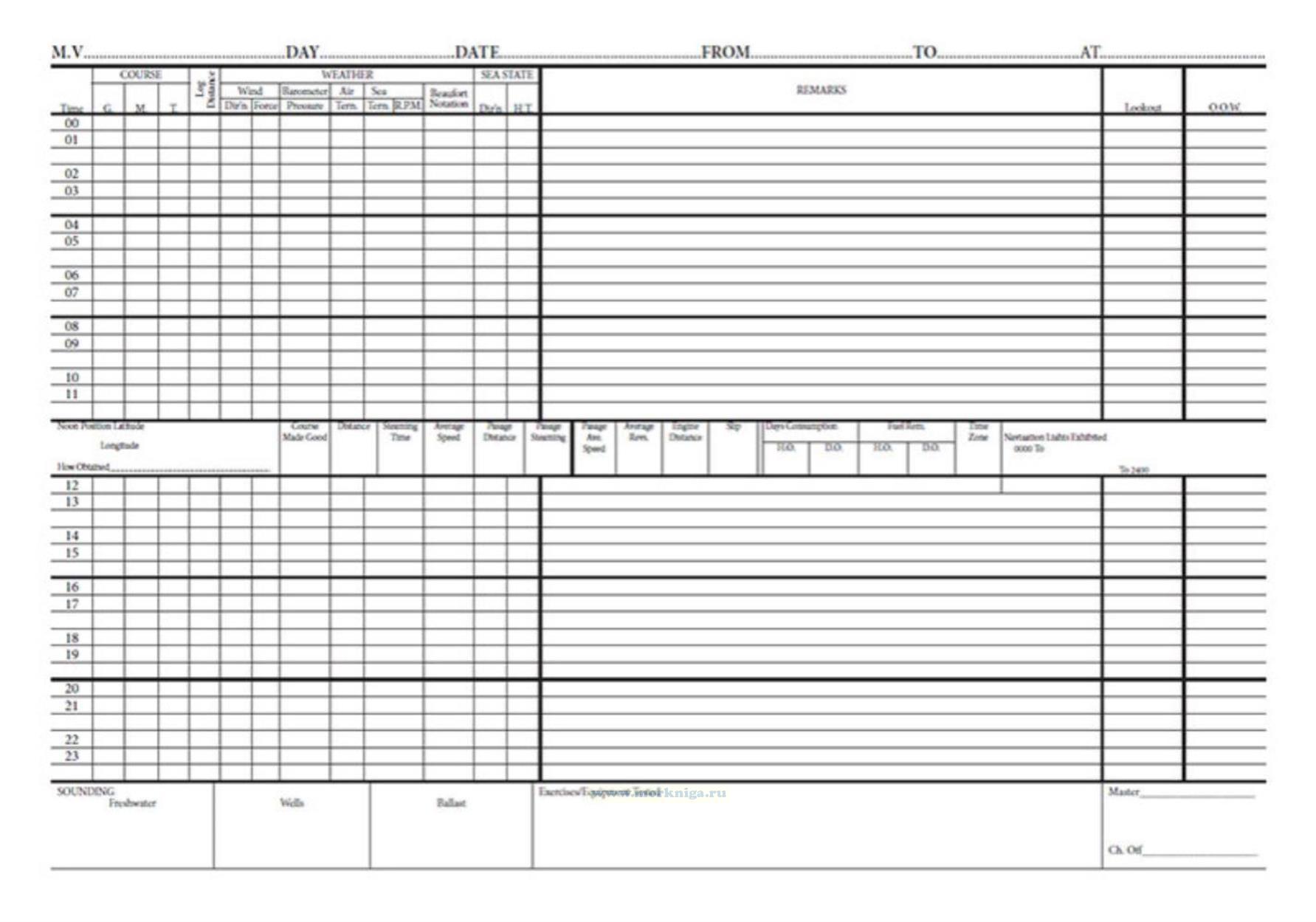
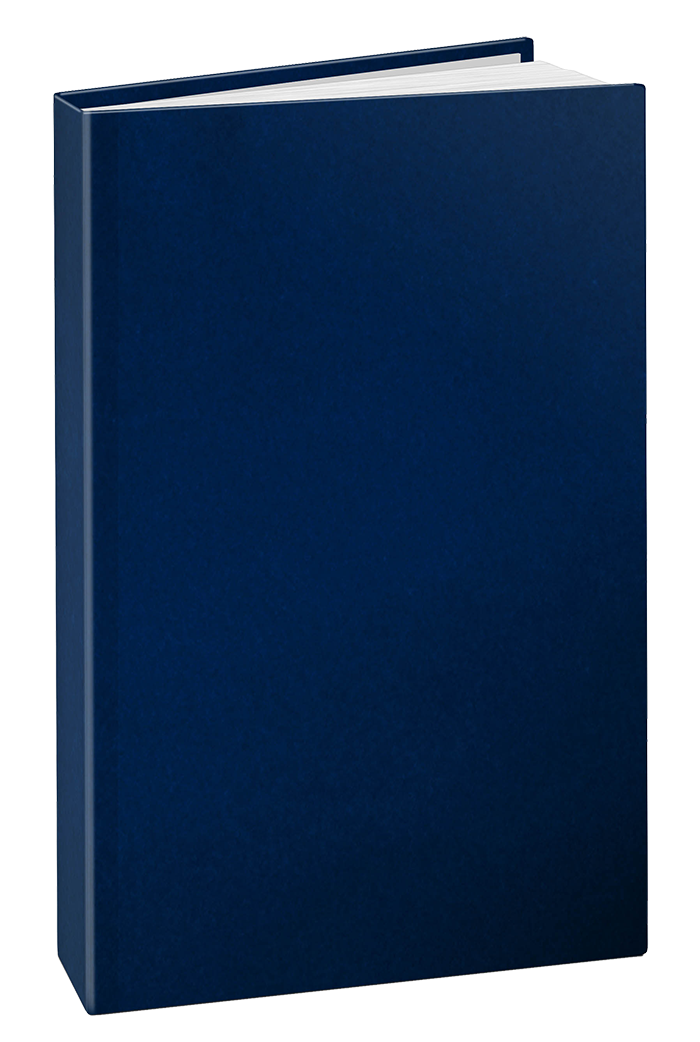
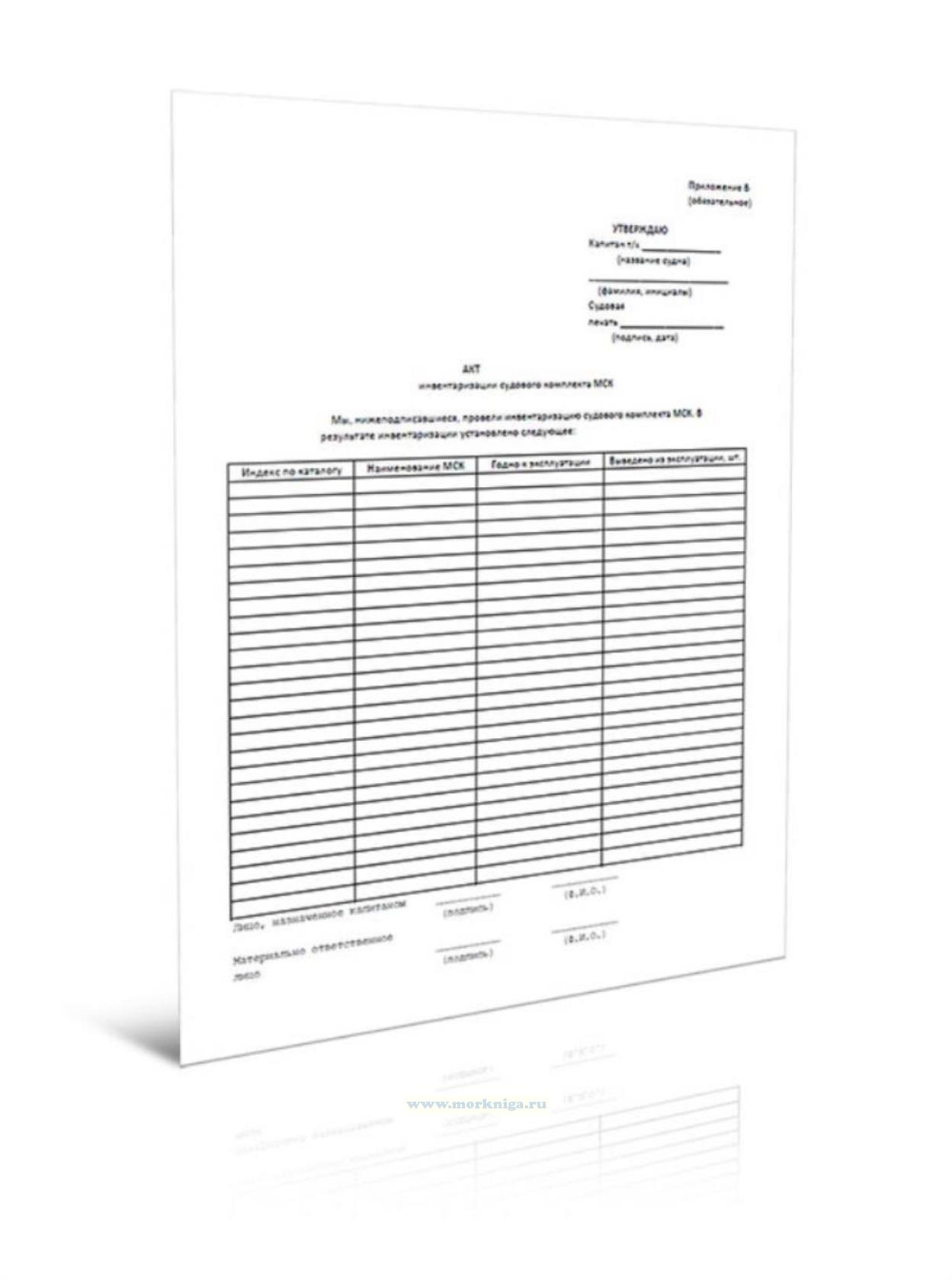 Акт инвентаризации судового комплекта МСК
Акт инвентаризации судового комплекта МСК 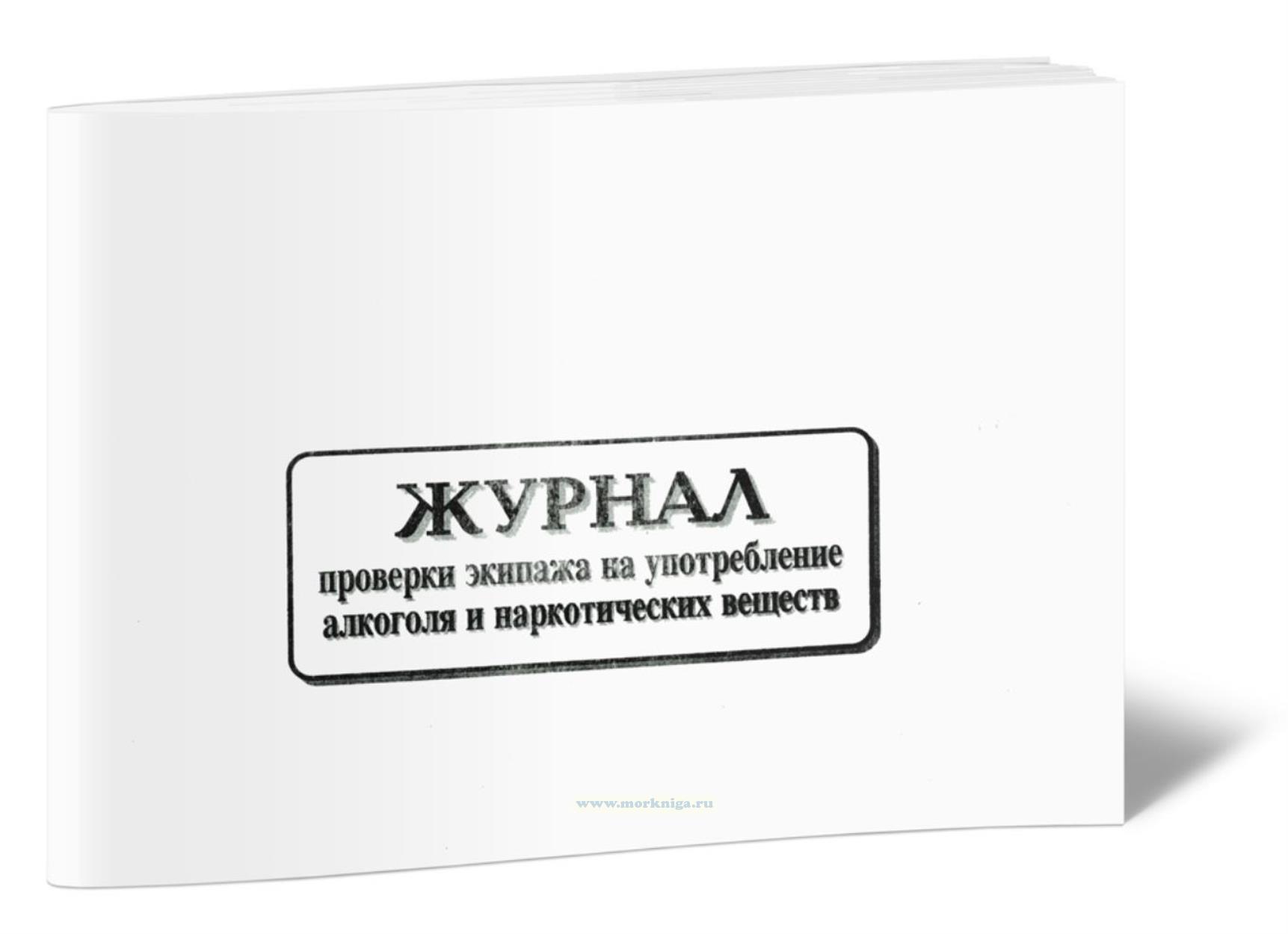 Журнал проверки экипажа на употребление алкоголя и наркотических веществ
Журнал проверки экипажа на употребление алкоголя и наркотических веществ 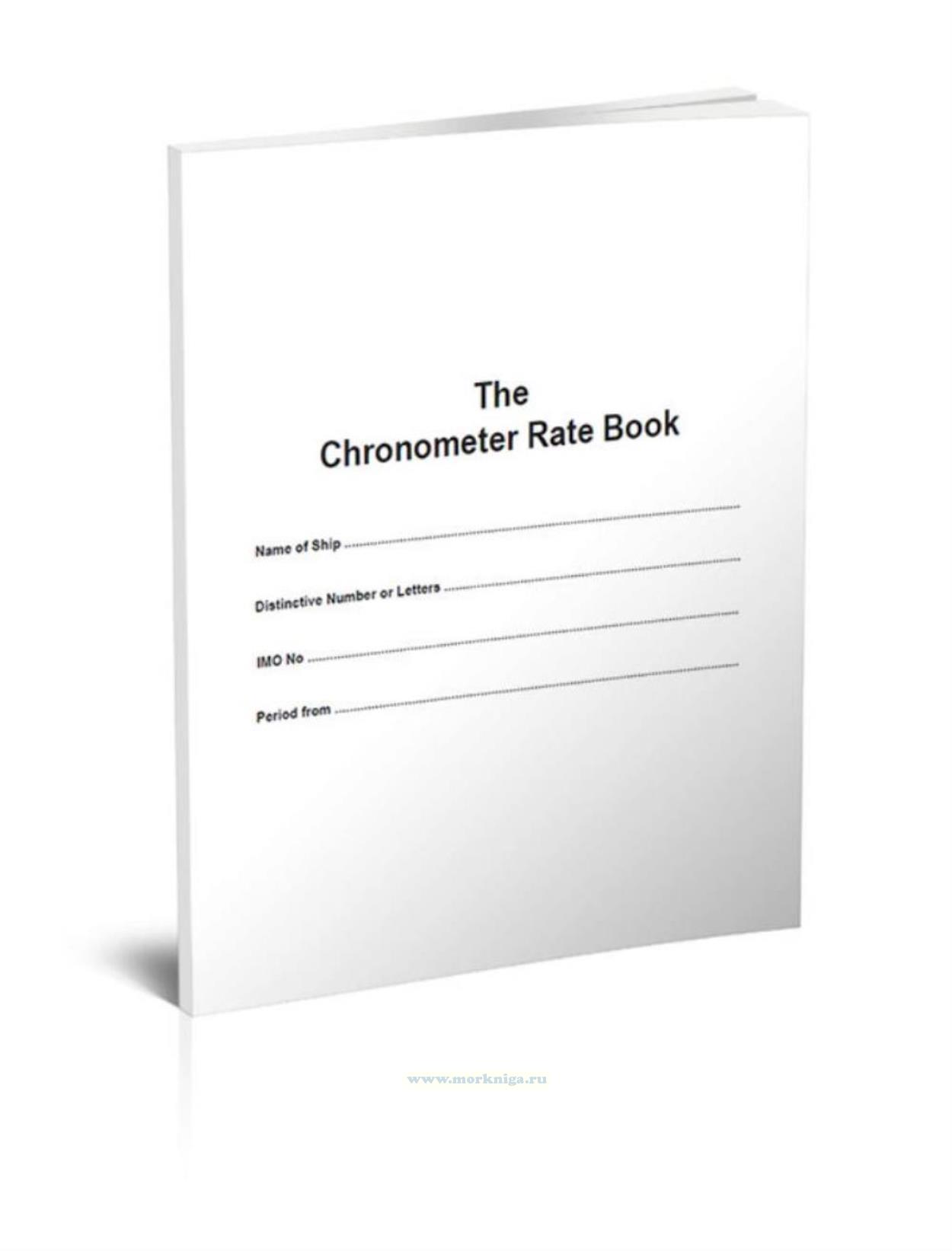 The Chronometer Rate Book
The Chronometer Rate Book